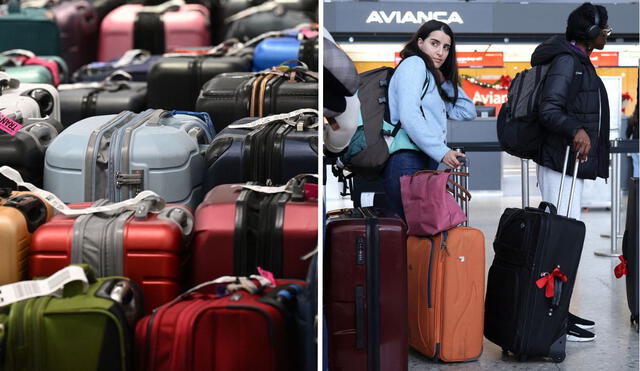Baggage fees explained: Why U.S. airlines charge so much for luggage?
As baggage fees increase on some airlines, travelers should plan ahead to avoid a price surprise – Here's what you need to know in 2025.

Travelers in 2025 are facing higher baggage fees than ever before, with major U.S. airlines continuing to raise costs for checked and carry-on luggage. From American Airlines to Delta, these fees have become a significant revenue stream for carriers, but they’ve also left passengers frustrated.
Recently, Southwest Airlines announced it will begin charging customers to check bags, abandoning a decades-old practice that executives had described as key to differentiating the low-cost airline from its rivals. Why are baggage fees so high, and what’s driving these increases? Here’s a breakdown of the latest trends and what they mean for your wallet.
Why U.S. airlines charge so much for luggage?
Baggage fees are a key source of income for airlines, especially as they navigate rising operational costs and fluctuating demand. In 2025, airlines are projected to generate over $6 billion from baggage fees alone, according to industry reports. Here’s why these fees keep climbing:
- Operational costs: Fuel prices, labor expenses, and maintenance costs have all risen, pushing airlines to offset these expenses through ancillary fees.
- Revenue strategy: Baggage fees are a reliable way for airlines to boost profits without raising base ticket prices, which could deter price-sensitive travelers.
- Competitive pressure: While budget carriers like Southwest have historically offered free checked bags, even they are shifting policies. As of March 2025, Southwest announced new paid baggage options to increase earnings.
What’s changing in 2025?
The baggage fee policies are evolving, with several notable updates:
- Southwest’s new policy: Southwest Airlines, long known for its two free checked bags, has introduced paid baggage options for certain fare tiers. This marks a significant shift for the airline and reflects broader industry trends.
- Dynamic pricing: Many airlines now use dynamic pricing for baggage fees, meaning costs can vary based on route, demand, and even the time of booking.
- Increased carry-on fees: Some airlines are now charging for larger carry-ons, especially on budget carriers like Spirit and Frontier.
How to avoid high baggage fees
Travelers aren’t without options. Here are some tips to minimize baggage costs:
- Pack light: Stick to a carry-on if possible, but check size restrictions to avoid surprise fees.
- Join loyalty programs: Many airlines waive baggage fees for frequent flyers or credit card holders.
- Compare airlines: Research baggage policies before booking. Southwest’s new paid options, for example, might still be cheaper than competitors.
